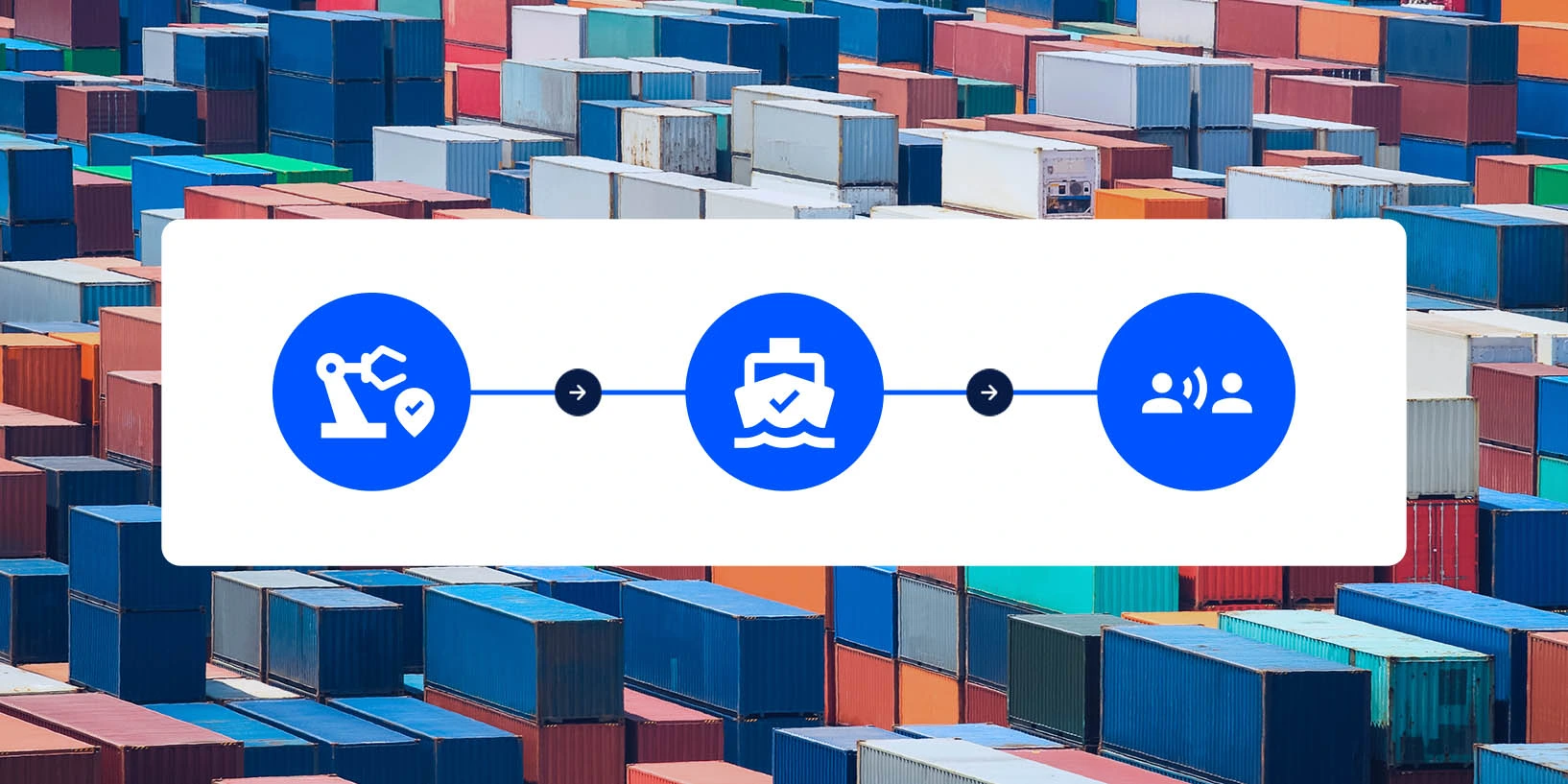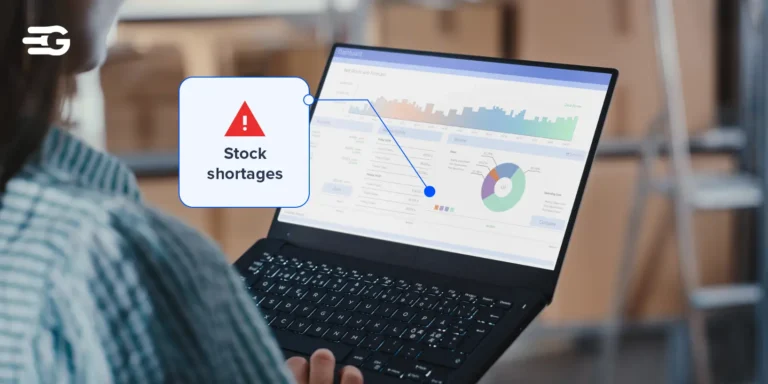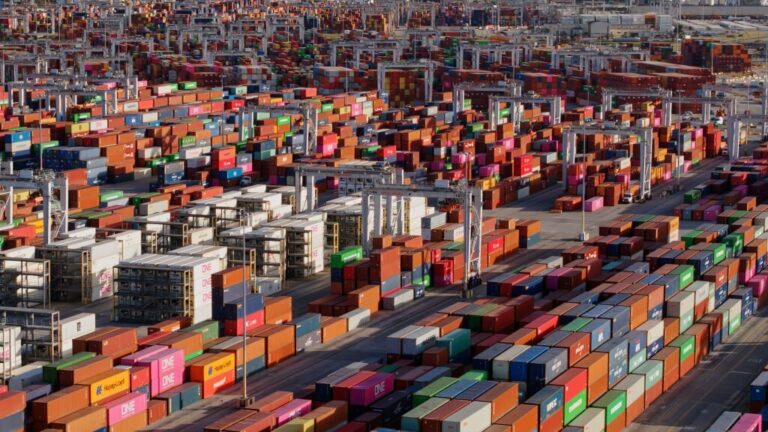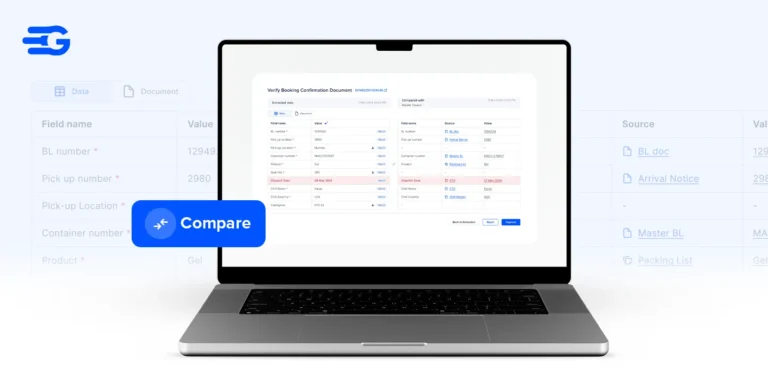Top 5 Real-Time Freight Automation Tools for Import/Export Logistics
The freight industry is the backbone of global trade, ensuring that goods move efficiently across borders to meet consumer demands. However, traditional freight management systems often fall short in an increasingly complex and fast-paced world. Plagued by manual errors, inefficiencies, high costs, and limited visibility, these outdated systems struggle to scale operations, meet customer expectations, and navigate the intricacies of international trade. This growing complexity highlights the critical need for freight automation tools.
The Growing Need for Automation
Automation is no longer a luxury but a necessity for freight operations. As global trade expands and consumer expectations rise, companies must adopt tools that streamline processes, minimize errors, and enhance decision-making. Freight automation tools are designed to address these challenges head-on, transforming inefficiencies into opportunities for growth and resilience.
Why Are Freight Automation Tools Essential?
Freight automation tools address the inherent challenges of traditional freight management. Here’s a closer look at the key problems they solve:
Inefficiencies and Delays
Manual processes often lead to delays in freight operations, from booking to delivery. A study by the World Economic Forum estimated that reducing supply chain barriers could increase global GDP by nearly $2 trillion. Automation ensures streamlined workflows, reducing bottlenecks and improving overall efficiency.
Limited Visibility
Traditional freight systems lack real-time tracking and updates, leaving companies blind to potential disruptions. A report by Deloitte revealed that 79% of companies with high supply chain visibility experience better customer satisfaction. Freight automation tools provide comprehensive visibility across the supply chain, enabling proactive decision-making.
Human Errors
From incorrect data entries to mismanaged documentation, human errors can significantly disrupt freight operations. The Harvard Business Review states that automation can reduce operational errors by over 60%, ensuring accurate and reliable processes.
High Operational Costs
Manual labor and inefficient processes increase costs. According to McKinsey, businesses that adopt automation in logistics can reduce operational expenses by up to 30%. Automation optimizes resource allocation and minimizes waste, providing significant cost savings.
Poor Customer Experience
Delayed shipments and a lack of transparency frustrate customers. A PwC survey showed that 88% of customers are willing to pay more for better service. Freight automation tools enhance communication and provide real-time updates, improving customer satisfaction and loyalty.
Scalability Issues
As businesses grow, managing a larger volume of shipments becomes challenging. Freight automation tools are designed to scale with business needs, accommodating increased complexity and volume. Gartner predicts that by 2026, 75% of large enterprises will adopt scalable supply chain freight automation tools.
Compliance and Risk Management
Navigating trade regulations and managing risks manually can lead to costly compliance violations. A KPMG report found that automated compliance systems reduce regulatory penalties by up to 40%. Automation ensures adherence to regulations and helps mitigate risks effectively.
Missed Data Insights
Traditional systems fail to leverage the wealth of data generated in freight operations. Automation tools use advanced analytics to uncover valuable insights, driving informed decision-making. Accenture research shows that companies using supply chain analytics achieve 38% higher operational efficiency.
Top 5 Freight Automation Tools
Here are some of the leading freight automation tools that are transforming the industry:
GoComet
GoComet is the leading AI-powered freight management platform, offering unparalleled tools for cost optimization and supply chain visibility. With features like automated freight rate benchmarking and Predictive ETA, GoComet helps businesses reduce freight costs by up to 20%. Its centralized dashboard and multi-modal tracking capabilities ensure real-time updates and streamlined operations. For instance, Mega WeCare utilized GoComet to achieve significant savings and operational efficiency. Read the case study here.
Cargowise
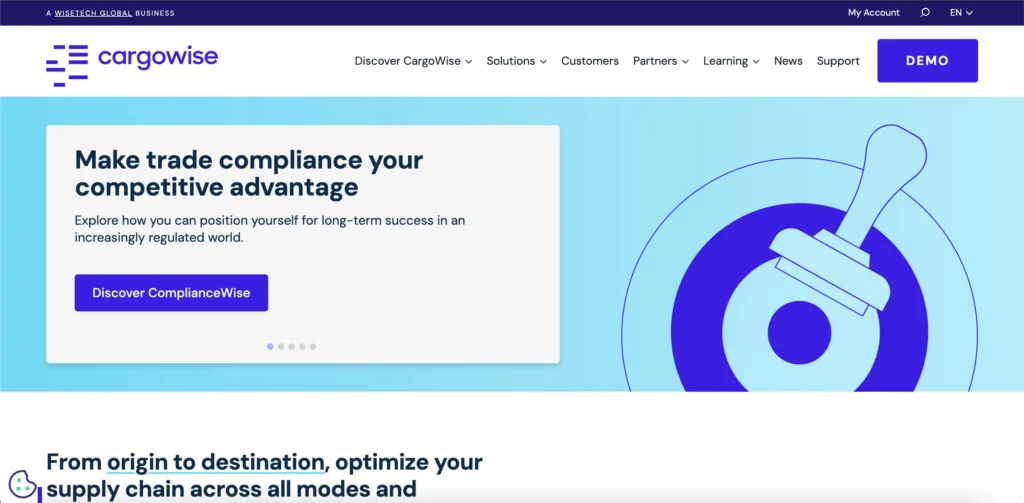
Cargowise is known for its end-to-end logistics solutions, particularly for large enterprises with complex supply chains. It excels in document automation, customs compliance, and advanced analytics, making it a go-to for businesses looking to manage international freight seamlessly. A standout feature is its ability to handle high volumes of data, ensuring efficient workflow management and smooth integration with ERP systems.
Freightos
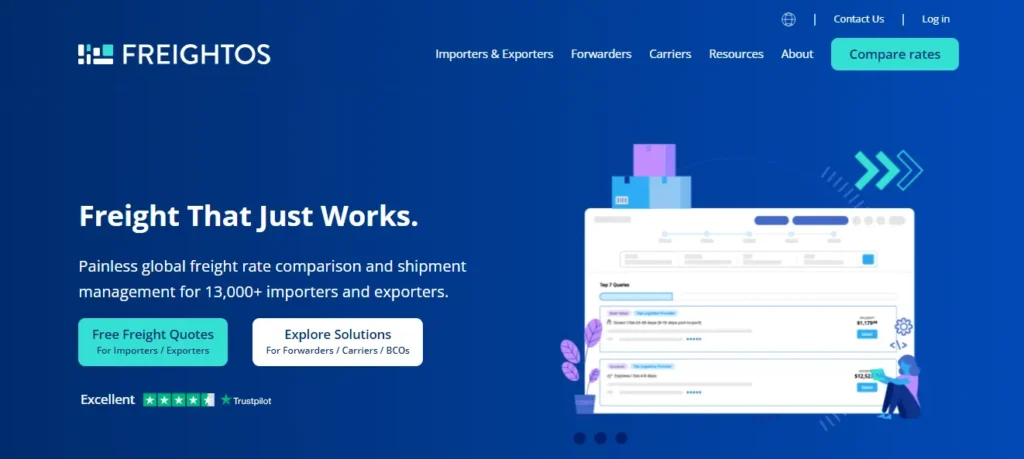
Freightos simplifies freight rate comparisons and booking processes, offering a marketplace where businesses can compare prices from multiple carriers. With its “instant quoting” feature, companies can reduce the time spent on rate negotiations and improve decision-making. Freightos also integrates with shipping carriers to provide real-time transit updates, making it a preferred choice for SMEs.
CargoNet
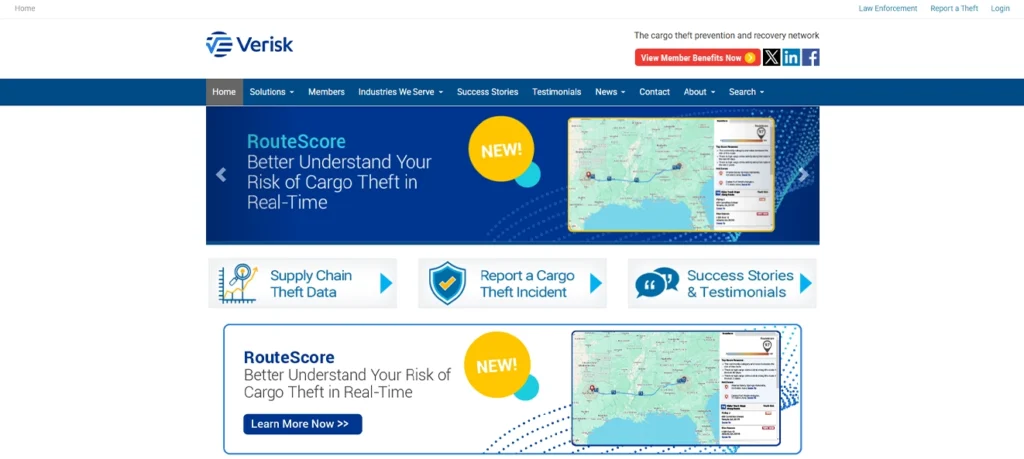
CargoNet specializes in cargo security, focusing on risk management solutions to prevent theft and fraud. Its extensive industry database and predictive analytics tools help businesses proactively address potential risks. CargoNet also offers collaboration with law enforcement and insurance companies, enhancing overall cargo security.
Logistaas
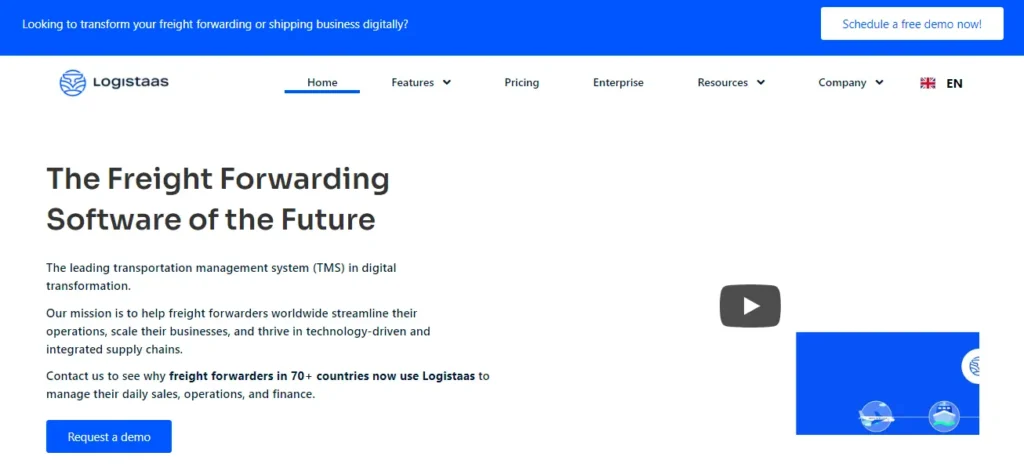
Logistaas provides advanced visibility and data-driven insights for supply chain management. Its customizable dashboard offers real-time tracking for sea, air, and land shipments. The platform’s focus on scalability makes it ideal for growing businesses, while its predictive analytics feature helps identify potential delays and optimize routes for efficiency.
Features to Look for in Freight Automation Tools
When choosing a freight automation tool, look for the following features:
Real-time updates and notifications: A robust automation tool should provide instant alerts on shipment status, delays, or disruptions. Real-time notifications enable proactive decision-making, helping businesses avoid costly delays and keeping customers informed throughout the shipping process.
AI and machine learning capabilities: Advanced tools harness AI to predict delays, calculate optimal shipping routes, and manage risks. Machine learning models analyze historical and real-time data to provide actionable insights, improving efficiency and reducing uncertainties in freight management. According to Gartner, AI-enabled supply chain solutions can cut forecasting errors by up to 50%.
Seamless integration: Freight automation tools should integrate easily with existing enterprise systems like ERP and TMS platforms. This ensures a smooth flow of data between systems, eliminating silos and enabling a unified approach to supply chain management. A McKinsey study found that integrated systems boost operational performance by over 20%.
Multi-modal tracking: Effective tools offer end-to-end visibility across sea, air, and land transport. Multi-modal tracking ensures comprehensive oversight, empowering businesses to monitor shipments across different modes of transport and address issues as they arise. Statista projects that multi-modal logistics will account for over 25% of global freight revenue by 2030.
Scalability: As businesses grow, their freight operations become more complex. Automation tools should scale seamlessly to accommodate increased shipment volumes, additional routes, and evolving operational needs. User-friendly interfaces and flexible configurations are essential for ensuring adoption and efficiency.
Customizable dashboards: Tools with configurable dashboards allow users to view critical data points, such as shipment statuses, costs, and KPIs, tailored to their specific needs. This personalization ensures better decision-making and operational transparency. PwC notes that personalized dashboards can enhance efficiency by 15%.
Data analytics and reporting: Comprehensive analytics capabilities help businesses make data-driven decisions. Automation tools should generate detailed reports on performance metrics, cost trends, and potential inefficiencies, enabling continuous improvement. Accenture research shows that supply chain analytics drive 38% higher operational efficiency.
Security and compliance: The right tools ensure adherence to global trade regulations and protect sensitive data through advanced encryption and compliance checks, reducing the risk of legal or financial penalties. IBM reports that robust automation systems lower the likelihood of compliance issues by 43%.
Freight automation tools are indispensable for companies looking to optimize operations, reduce costs, and enhance customer experiences. By addressing inefficiencies, improving visibility, and enabling scalability, these tools pave the way for a more resilient and efficient supply chain. To experience the transformative power of automation, explore GoComet’s comprehensive solutions, including our Freight Shipping Rates Index Calculator.
